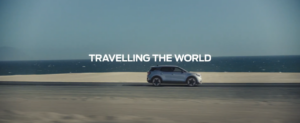At the beginning of this course, I perceived environmental design as encompassing sustainable practices, recycling initiatives, & the integration of natural elements. However, as the semester progressed, I came to understand that design itself is a foundational component of creating a sustainable environment – one with the potential to influence & benefit future generations.
“Cradle to Cradle” by William McDonough & Michael Braungart was an influential piece of reading for me, I found the principles raised in the text really thought-provoking & has made me reevaluate the way I view the world & my immediate surroundings in a different way. “Design is the first signal of human intention” is a quote that particularly resonated with me – highlighting the responsiblity that designers have within their projects, their important role to approach their work with purpose, forethought & consideration for the long-term impacts of the design on the world.
The debates undertaken throughout this course have provided valuable opportunities to engage with different perspectives on practices such as circularity, design responsibility, & material innovation. The process of researching arguments for each debate significantly deepened my understanding of environmental designs when it comes to products, architecture & urban planning. A particularly compelling concept I encountered was Jane Bennett’s notion of “scale-linking” from “Vibrant Matter”. This is the idea that localized environmental design choices can manifest at larger scales (flooding from poor water management, damaging ecosystems & life), this prompted me to think more about how big impacts can grow.
As an artist (mainly digital), I thought that this course wouldn’t exactly tie into my own practice as much as it would for an Interior Design or Design for Change student. However, through a debate, I found that even digital artworks can affect the planet as much as traditional media – this has made me much more conscious about my work & deleting any unused works I have. I believe that as technology & digital media is constantly developing, more & more artists will be affecting the planet without them even knowing.
This course has highlighted the importance of responsibility within design & has prompted me to reflect on how I could improve my work as a designer to influence the environment positively. It has made me realize our collective responsibility both as designers & civilians to take care of our environment as much as we can & both sides affect each other cyclically. I found the theoretical examples from readings extremely influential & I enjoyed learning about the different ways people think about the design process & how they view the world. Tony Fry’s “Design Futuring” further reinforces this idea that the world is constantly evolving, repairing & improving – this, alongside the massive technological advancements we have made over the past century, has given me a positive outlook on the future for generations to come.
Despite all the damage we have done through destruction & production, I feel that this course has given me great insight into how we can improve our planet through material subsitution & working with different processes & systems.
____
Braungart, M. and Mcdonough, W. (2002). Cradle to cradle. Heeswijk: Search Knowledge ; [Schiedam.
Bennett, J. (2010). Vibrant Matter: a Political Ecology of Things. Durham: Duke University Press.
Fry, T. (2018). DESIGN FUTURING : sustainability, ethics and new practice. Berg.
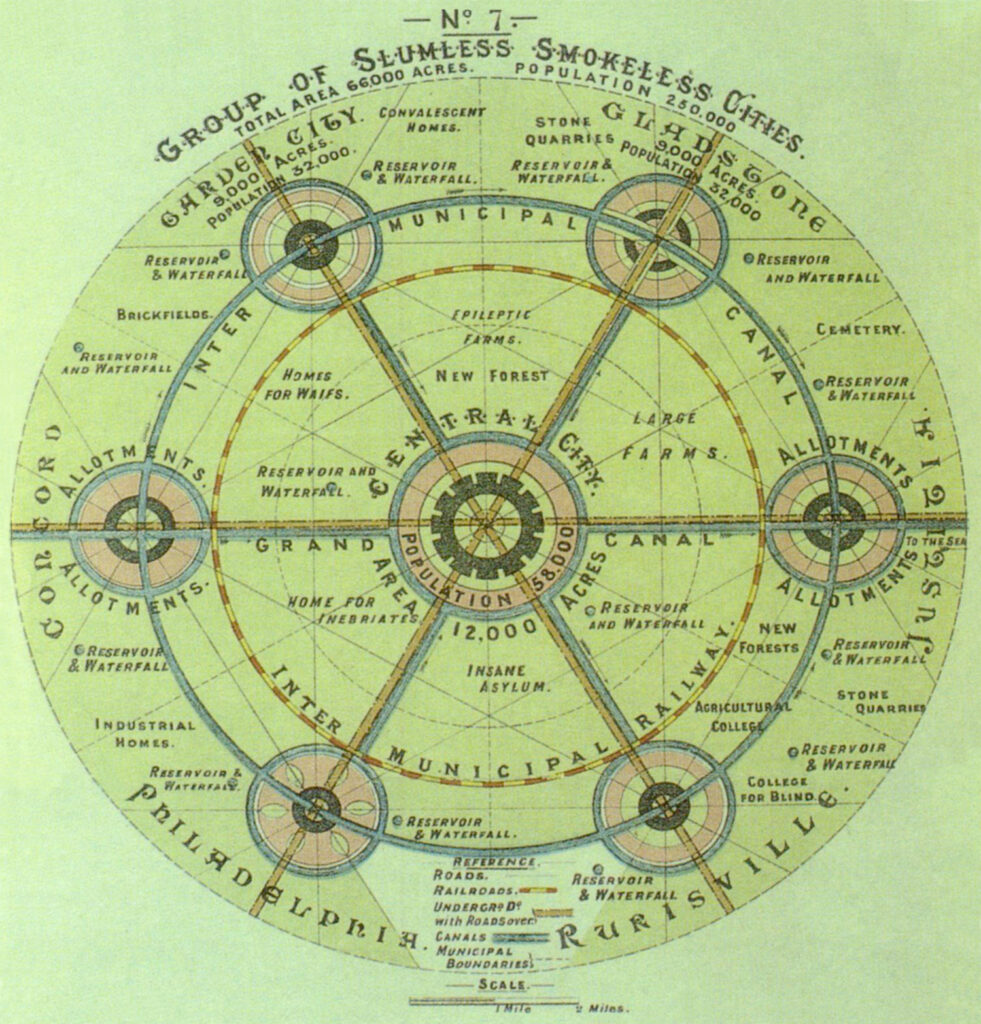
 The concept was introduced to Letchworth in 1903, becoming the first garden city to be developed. It featured planned residential neighbourhoods with communal green spaces & agricultural land. This continues to serve as a case study for more sustainable planning. Eventually, Welwyn Garden City was developed in 1920, this time combining Howard’s vision with more modern urban elements (specifically transport).
The concept was introduced to Letchworth in 1903, becoming the first garden city to be developed. It featured planned residential neighbourhoods with communal green spaces & agricultural land. This continues to serve as a case study for more sustainable planning. Eventually, Welwyn Garden City was developed in 1920, this time combining Howard’s vision with more modern urban elements (specifically transport).

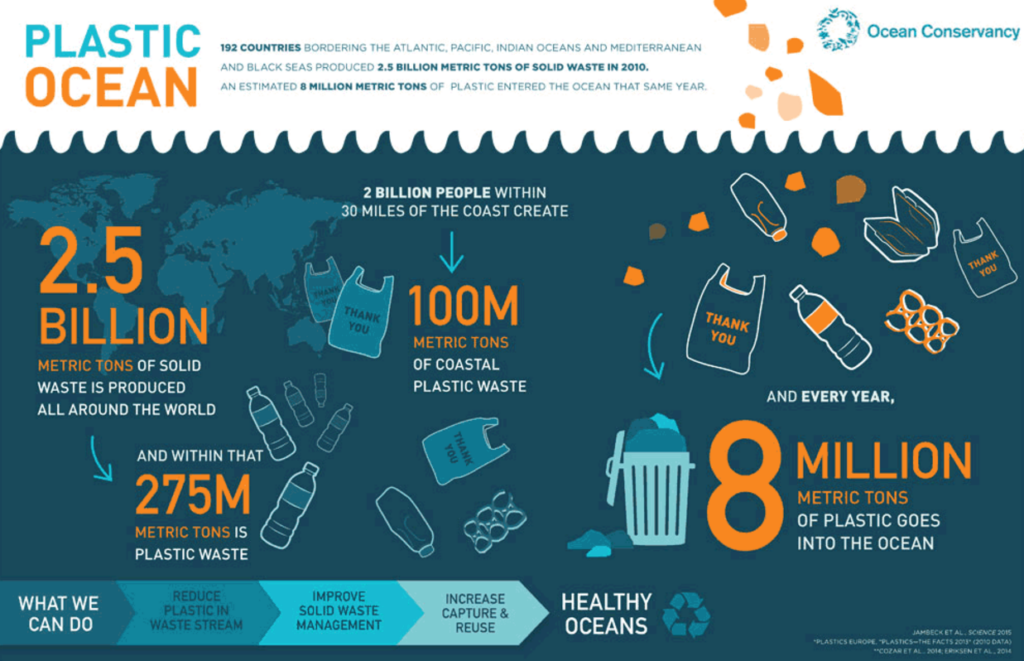 There is so much plastic waste existing in the environment already before we should even think about falling in love with plastic again. An estimated 8 million metric tons enter the ocean every year – harming marine life & entering the food chain through ingestion of microplastics. The World Economic Forum conducted a 2016 study that showed if we kept at this rate, plastics would outweigh fish by the year 2050. This is an absurd statistic, it makes me wonder is plastic really worth disrupting various natural ecosystems simply because it’s a cheap material that can be replaced with many different materials?
There is so much plastic waste existing in the environment already before we should even think about falling in love with plastic again. An estimated 8 million metric tons enter the ocean every year – harming marine life & entering the food chain through ingestion of microplastics. The World Economic Forum conducted a 2016 study that showed if we kept at this rate, plastics would outweigh fish by the year 2050. This is an absurd statistic, it makes me wonder is plastic really worth disrupting various natural ecosystems simply because it’s a cheap material that can be replaced with many different materials?

 meanwhile a large majority of people prioritize convenience & cost over sustainability. This is evidenced by a 2021 study conducted by Deloitte: only 57% of people would change their purchasing habits, however 64% said that price & convenience were the most important factors when buying a product. In 2023, 62% of people stated that sustainable products were too expensive. In general, cost is a big issue when converting to a circular economy.
meanwhile a large majority of people prioritize convenience & cost over sustainability. This is evidenced by a 2021 study conducted by Deloitte: only 57% of people would change their purchasing habits, however 64% said that price & convenience were the most important factors when buying a product. In 2023, 62% of people stated that sustainable products were too expensive. In general, cost is a big issue when converting to a circular economy.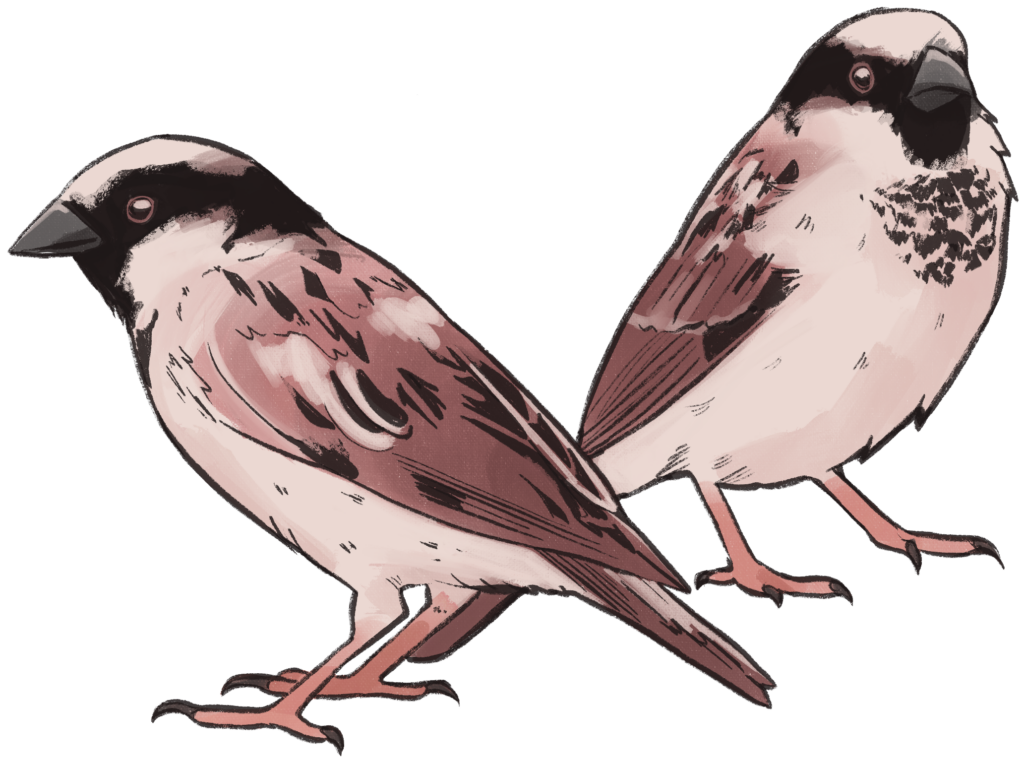 role in the environmental movement by showcasing the connection between pollution & species endangerment – this led to policy changes & the banning of DDT. She argued that the public was unaware of these dangers as chemical companies suppressed information & promoted the benefits of pesticides. Carson’s work remains crucial for understanding the long-term ecological impacts of human pollution & acts as a warning about the consequences of technological advancement.
role in the environmental movement by showcasing the connection between pollution & species endangerment – this led to policy changes & the banning of DDT. She argued that the public was unaware of these dangers as chemical companies suppressed information & promoted the benefits of pesticides. Carson’s work remains crucial for understanding the long-term ecological impacts of human pollution & acts as a warning about the consequences of technological advancement. highlights that “over half of all amphibian species are now endangered”. The book states that since industrialization, the fragility of ecosystems has been exposed massively, that even “the populations of large carnivores have descreased by over 95% since industrialization”. Meyer argues that while efforts to conserve wildlife are essential, they are unlikely to reverse the damage already inflicted by humanity’s impact. Through detailed case studies, Meyer demonstrates the harsh reality that is wildlife endangerment. He urges that adopting sustainable practices in environmental design will halt the speed of these threats against biodiversity.
highlights that “over half of all amphibian species are now endangered”. The book states that since industrialization, the fragility of ecosystems has been exposed massively, that even “the populations of large carnivores have descreased by over 95% since industrialization”. Meyer argues that while efforts to conserve wildlife are essential, they are unlikely to reverse the damage already inflicted by humanity’s impact. Through detailed case studies, Meyer demonstrates the harsh reality that is wildlife endangerment. He urges that adopting sustainable practices in environmental design will halt the speed of these threats against biodiversity.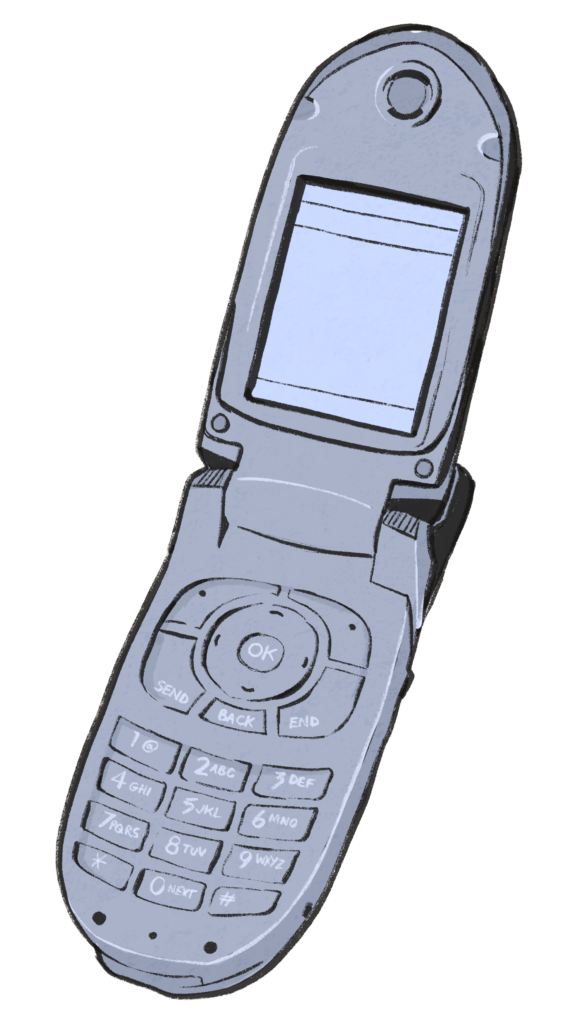 One of the main case studies brought up is the mobile phone – Hill uses this to demonstrate the hidden environmental costs of technology. She examines the entire life cycle of the phone (extraction of minerals to energy process & the waste generated when phones are discarded). The quote “The sheer complexity of mobile phones, with their mix of metals, plastics, and toxic chemicals, makes recycling a daunting task. While recycling programs exist, they often fail to recover all valuable materials, and many phones simply end up forgotten in drawers.” showcases the fact that phones & technology in general are so complex with their mixtures of materials that many people simply just bin them, adding to environmental waste. This supports the argument that there is a massive lack in infrastructure to deal with growing e-waste & there is virtually no guide on how to recycle technology properly.
One of the main case studies brought up is the mobile phone – Hill uses this to demonstrate the hidden environmental costs of technology. She examines the entire life cycle of the phone (extraction of minerals to energy process & the waste generated when phones are discarded). The quote “The sheer complexity of mobile phones, with their mix of metals, plastics, and toxic chemicals, makes recycling a daunting task. While recycling programs exist, they often fail to recover all valuable materials, and many phones simply end up forgotten in drawers.” showcases the fact that phones & technology in general are so complex with their mixtures of materials that many people simply just bin them, adding to environmental waste. This supports the argument that there is a massive lack in infrastructure to deal with growing e-waste & there is virtually no guide on how to recycle technology properly.
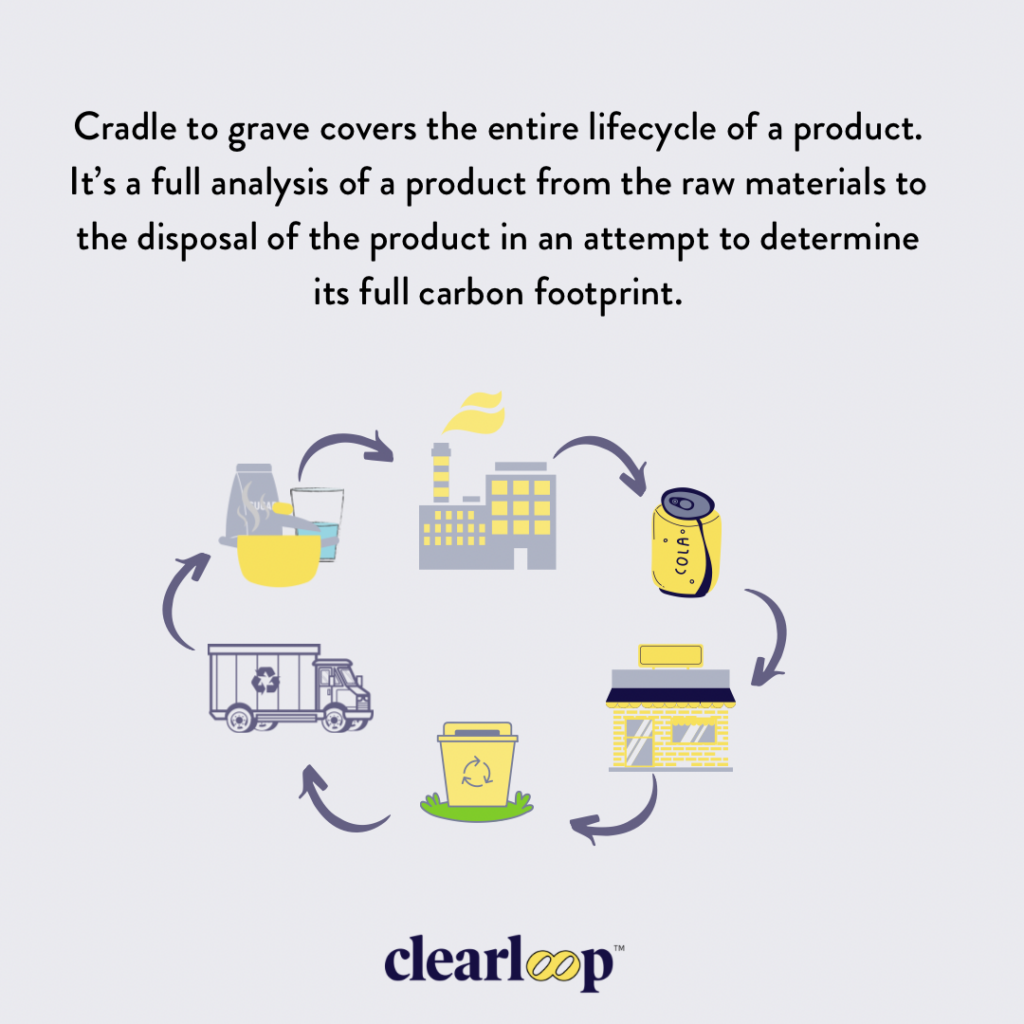 Supported by William McDonough in the text ‘Cradle to Cradle’, Hill advocates for moving from a linear model (produce > consume > dispose) to a circular economy, where materials are continuously reused & recycled. This shift would reduce both waste & extraction of finite resources. She points out that the Netherlands is one of the most prolific countries in leading a transition toward a circular economy – creating a plan to reduce the use of primary raw materials by 50% by 2030.
Supported by William McDonough in the text ‘Cradle to Cradle’, Hill advocates for moving from a linear model (produce > consume > dispose) to a circular economy, where materials are continuously reused & recycled. This shift would reduce both waste & extraction of finite resources. She points out that the Netherlands is one of the most prolific countries in leading a transition toward a circular economy – creating a plan to reduce the use of primary raw materials by 50% by 2030.
 2021 study. Turning to digital media when traditional media has always been harmful – using toxic art materials such as oils, acrylics & resins may be doing the same amount of harm if not more. I think that because designers aren’t truly seeing the impact they’re making on the Earth, they aren’t prepared to accept responsiblity in these situations. Many designers shift their responsibility to manufacturers for environmental issues, blaming corporations & consumer demand – in a more profit-driven industry, it makes sense why these sustainable materials aren’t being introduced, more sustainable materials = higher cost = less profit.
2021 study. Turning to digital media when traditional media has always been harmful – using toxic art materials such as oils, acrylics & resins may be doing the same amount of harm if not more. I think that because designers aren’t truly seeing the impact they’re making on the Earth, they aren’t prepared to accept responsiblity in these situations. Many designers shift their responsibility to manufacturers for environmental issues, blaming corporations & consumer demand – in a more profit-driven industry, it makes sense why these sustainable materials aren’t being introduced, more sustainable materials = higher cost = less profit. distribution, consumption & disposal. It argues that this system is very unsustainable & asks for a more sustainable way of living – emphasizing reduce, reuse & recycling. I think that a more circular system, as seen in Cradle-to-Cradle, is a much more beneficial cycle compared to a linear process – we will be the ones living in the future we have created, so we need to fully think about the present & how we design things.
distribution, consumption & disposal. It argues that this system is very unsustainable & asks for a more sustainable way of living – emphasizing reduce, reuse & recycling. I think that a more circular system, as seen in Cradle-to-Cradle, is a much more beneficial cycle compared to a linear process – we will be the ones living in the future we have created, so we need to fully think about the present & how we design things.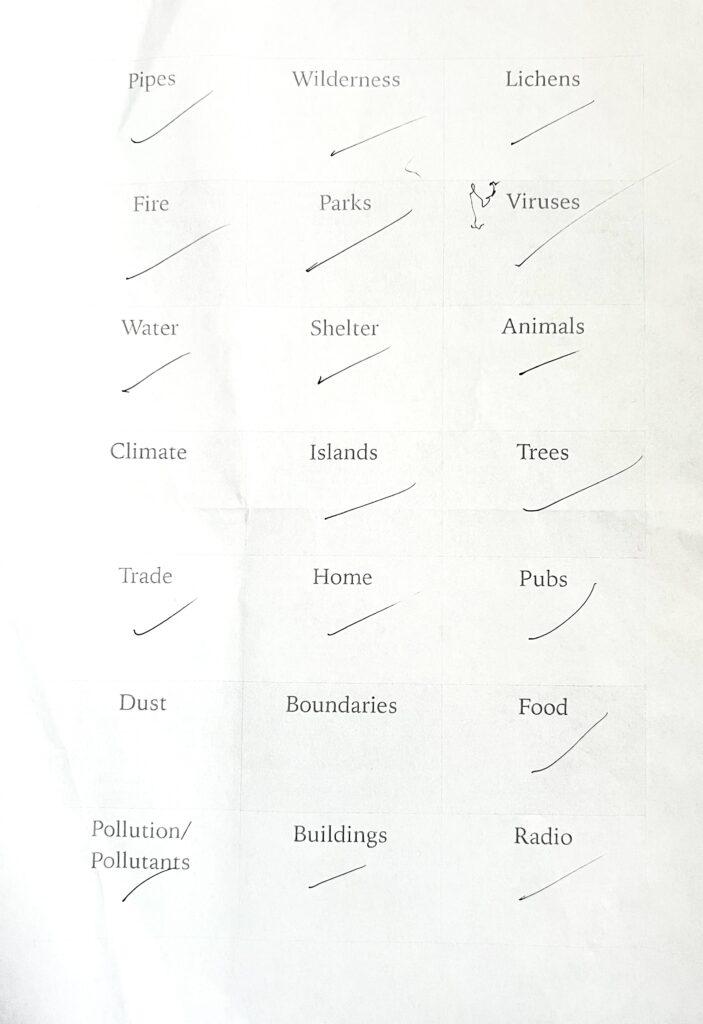

 to nature. The biophilia hypothesis, introduced by Edward O. Wilson in 1984, proposes that humans have an inherent tendency to seek connections with the natural world. Our evolutionary history has ingrained within us a deep emotional bond with landscapes, animals, and natural settings, & I find this concept particularly resonant with the way I interpret and reflect on design & the environment. It is speculated that the divergence between nature & humans began when technological developments became more prevalent in the 19th/20th century. Enclosed/sterile spaces, cars & workplaces are where most people spent their time, sheltered away from the elements of nature.
to nature. The biophilia hypothesis, introduced by Edward O. Wilson in 1984, proposes that humans have an inherent tendency to seek connections with the natural world. Our evolutionary history has ingrained within us a deep emotional bond with landscapes, animals, and natural settings, & I find this concept particularly resonant with the way I interpret and reflect on design & the environment. It is speculated that the divergence between nature & humans began when technological developments became more prevalent in the 19th/20th century. Enclosed/sterile spaces, cars & workplaces are where most people spent their time, sheltered away from the elements of nature.

